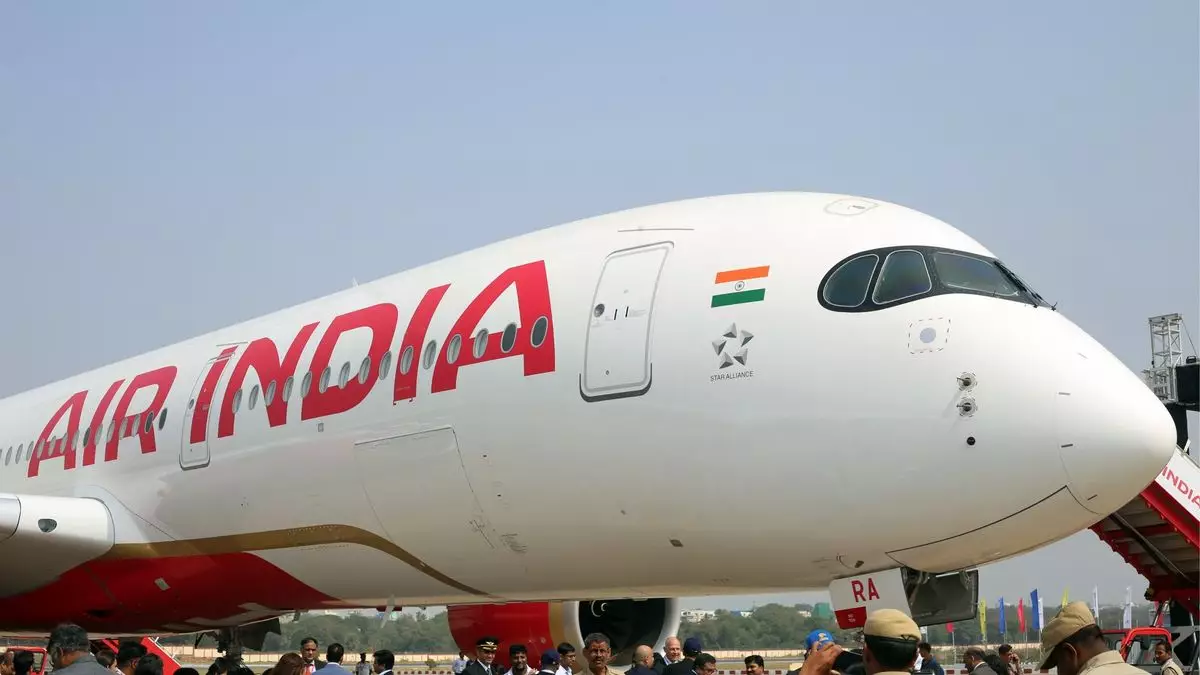India’s aviation industry is currently undergoing intense scrutiny, particularly following a recent review that exposed significant safety lapses at two of its most prominent airports—Mumbai and New Delhi. Conducted by the Directorate General of Civil Aviation (DGCA), the review sought to monitor compliance with aviation regulations and pinpoint areas ripe for improvement. While the findings point to severe deficiencies in safety protocols, they also serve as a reflection of the broader challenges facing Indian aviation.
This review was not a mere administrative formality; rather, it was an in-depth surveillance operation that analyzed critical aspects of flight operations, ground activities, and aircraft maintenance procedures. The DGCA’s efforts illuminated multiple failings, such as recurring aircraft defects, inadequate adherence to maintenance protocols, and substandard safety precautions. The repeated emergence of reported defects suggests a systemic issue within aircraft monitoring mechanisms, painting a picture of negligence that is alarming when considering the potential consequences.
The Weight of Negligence
Negligence in aviation is a particularly grave concern, as even minor oversights can lead to catastrophic outcomes. For instance, the review indicated that some maintenance work orders were ignored, and safety measures during maintenance were insufficient. One troubling example involved a faded runway marking at one airport, which brings a critical safety issue to the forefront. Such oversights not only endanger passengers but also tarnish the aviation sector’s credibility at a time when trust is paramount.
The ramifications are extraordinarily impactful, especially considering the recent tragic events in Indian aviation, marked by the horrific Air India flight crash in Ahmedabad that resulted in numerous fatalities. The urgency for reform in operational procedures has never been more pressing, and the DGCA’s findings underscore the stark reality that safety is not merely a regulatory requirement; it is an obligation to the public.
The Fight for Accountability
While the DGCA has communicated its findings to the concerned operators with a seven-day window for corrective actions, one must question the effectiveness of these measures. Will operators genuinely implement the necessary changes, or will the inertia of bureaucracy hinder meaningful reform? The aviation sector in India is operating under a microscope, and the prevailing sentiment is one of cautious optimism mixed with skepticism.
Moreover, the DGCA’s approach of continuous monitoring is commendable, yet it necessitates adequate resources and commitment from management to bring about essential transformations. The agency’s recent initiatives highlight their resolve to elevate safety standards, but true accountability will only emerge when systemic changes are adopted and culture shifts within organizations occur.
In the backdrop of these glaring deficiencies, it becomes evident that the stakes are too high for complacency. The aviation industry serves not just as a means of transportation but as a crucial pillar of economic growth and national pride. As visibility increases, the demand for transparent actions and a renewed commitment to passenger safety stands at the forefront of the industry’s evolution. For Indian aviation to thrive, the necessary resolve must rise to the level of expectation.


Leave a Reply